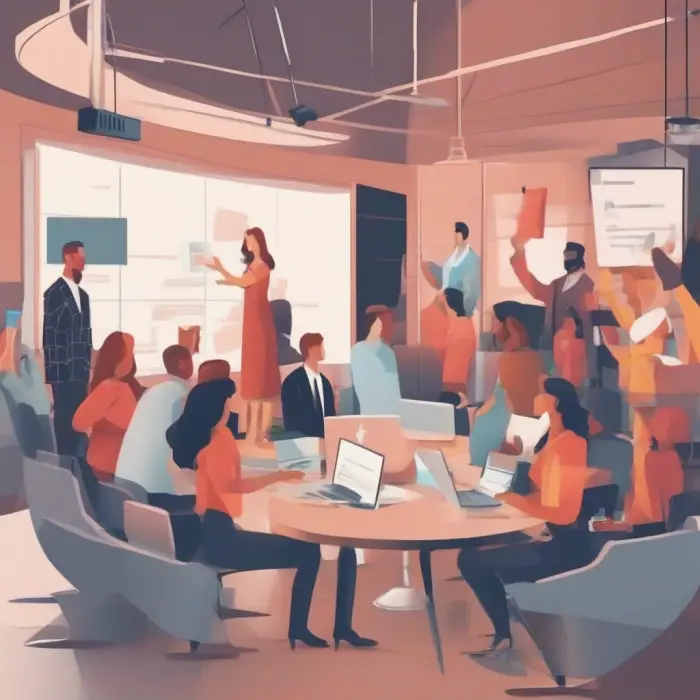Cinematic Mastery: The Art of Storytelling
Few artistic mediums can capture the human experience as vividly and immersively as cinema can. From the earliest reel films of the 1890s to the sophisticated and diverse modern film industry, movies have long held a central role in the universal human tradition of storytelling. Cinematic storytelling involves not just scriptwriting or acting, but a wide array of disciplines, all of which are mingled together in a skillful, meticulous blend to create masterpieces.
Scriptwriting: The Foundation of the Tale
Every great movie begins with a great script. Scriptwriting is not just about narrating a tale; it’s about using dialogue and description to flesh out characters, permitting audiences to identify and relate with them. It's a complex art of concise and impactful writing that calls for a deep understanding of narrative structure and the profound elements of human emotion.
Visual Artistry: The Aesthetics of Film
Cinema utilizes the visual medium to its full potential, creating striking visuals that evoke emotion and communicate both explicit and implicit elements of the tale. From costumes and sets to cinematography and special effects, the visual dimension of film engages the viewer and enriches the narrative. These visual cues are a part of storytelling within the medium itself.
Direction: The Conductor of the Symphony
A film's director acts as the grand conductor of the entire production, orchestrating both how the story unfolds on-screen and how the audience is supposed to perceive it. Directors work collaboratively with actors, scriptwriters, and cinematographers to ensure that each element of the film aligns with their creative vision.
Acting: Bringing Characters to Life
Acting facilitates the transition of characters from mere words on a page to believable, relatable individuals. Exceptional acting has the power to transcend the barriers of the screen and evoke in audiences deep, gut-wrenching emotions. It's more than just wearing a character's costume; it's stepping into their shoes and adopting their worldview.
Editing: Shaping the Narrative
Film editing does not just piece together sequences. It decides the pace at which the narrative moves, selectively heightening tension, emphasizing moments of relief, and focusing attention on crucial points within the movie. It's a vital element in ensuring that the story flows seamlessly, maintaining audience engagement.
Sound and Score: Setting the Tone
The audio dimension of a film, including music, sound effects, and dialogue, substantially influences the emotional environment of each scene. A skillfully composed movie score can enhance even the smallest of moments, and its absence can, in turn, cause dissonance when needed.
Dance and Choreography: Visual Poetry
Some films use dance and choreography not just as a form of entertainment, but also as a poetic manifestation of emotion, culture, and conflict, often communicating what words may fail to express.
In essence, the world of cinema is a vast canvas of storytelling. Every film, irrespective of its genre or subject, inherently strings together a story and weaves a tale. Through multiple elements like lighting, sound, sets, costumes, acting, and more, filmmakers communicate stories in an immersive, audiovisual narrative. Cinematic mastery, therefore, is rooted in the mastery of all these elements to make stories come alive for audiences, creating lasting emotions and impressions.
As such, the art of storytelling in cinema is not just about narrating a story; it’s about making the viewers feel, perceive, and introspect. It’s about creating memorable experiences and sparking conversations. It's about shifting perceptions and sometimes, leaving an everlasting impact on society.










